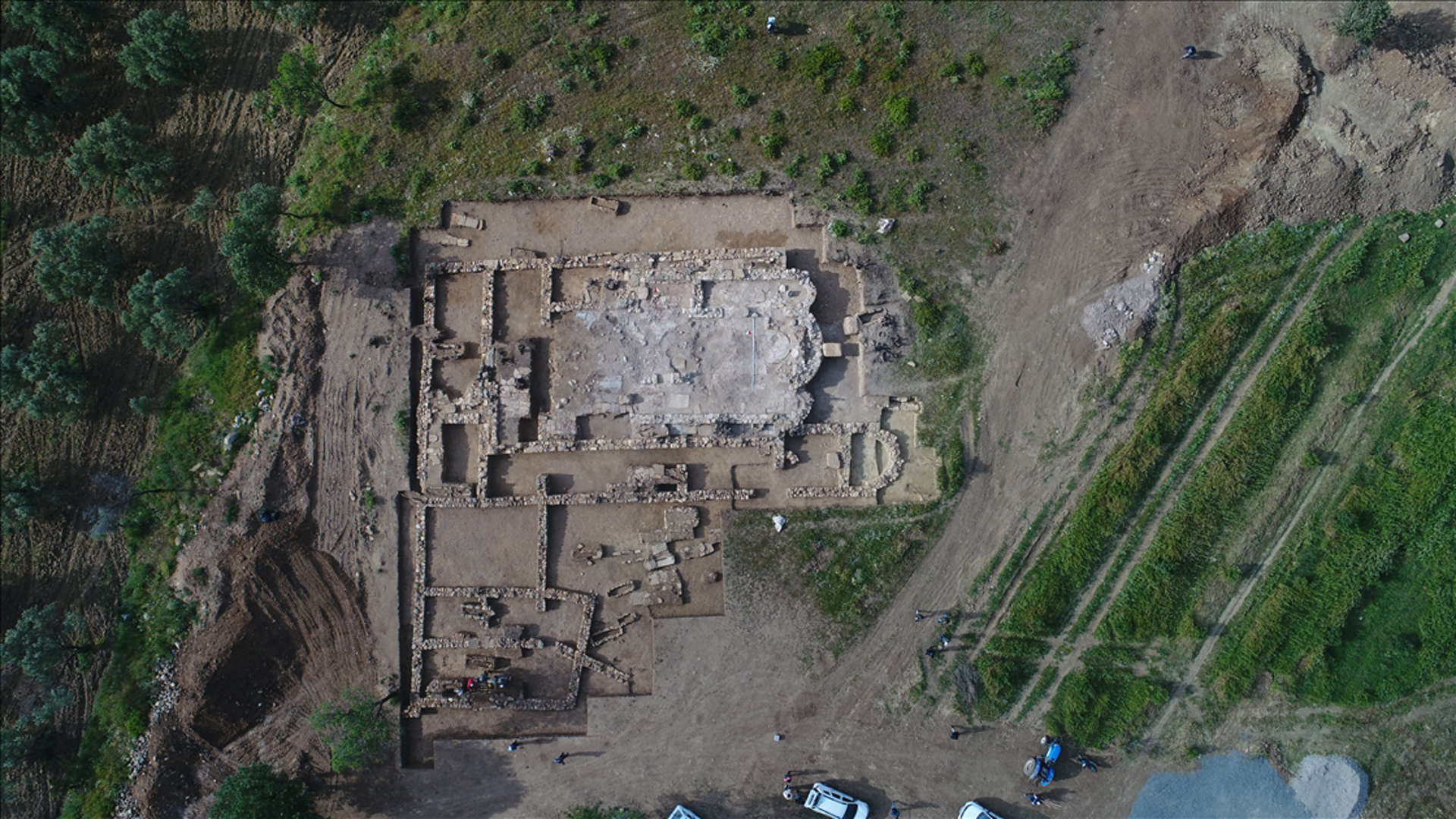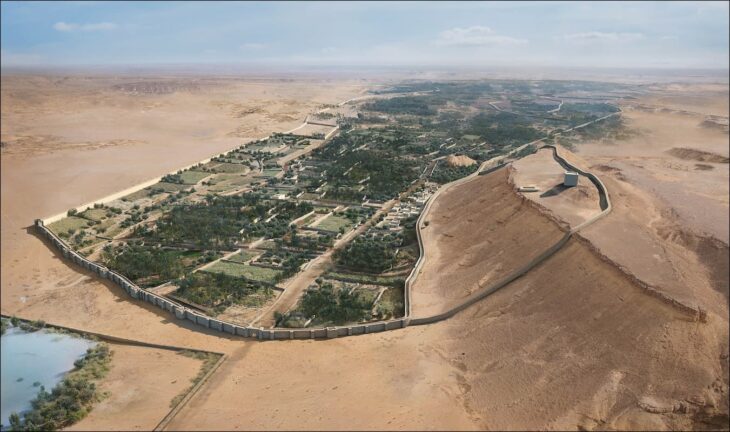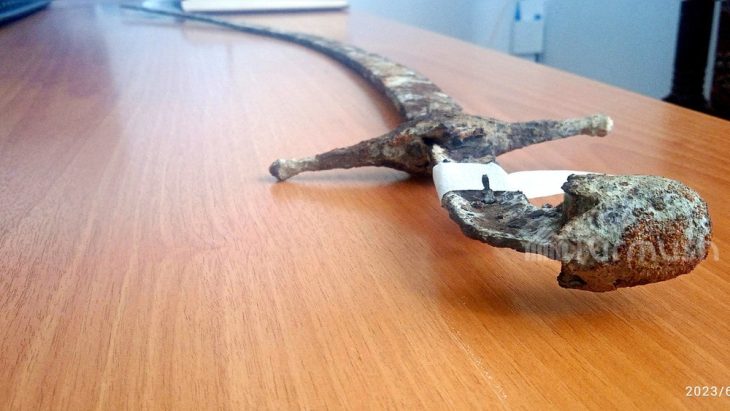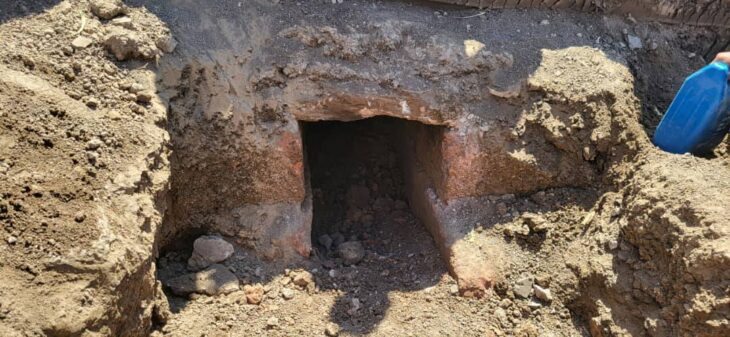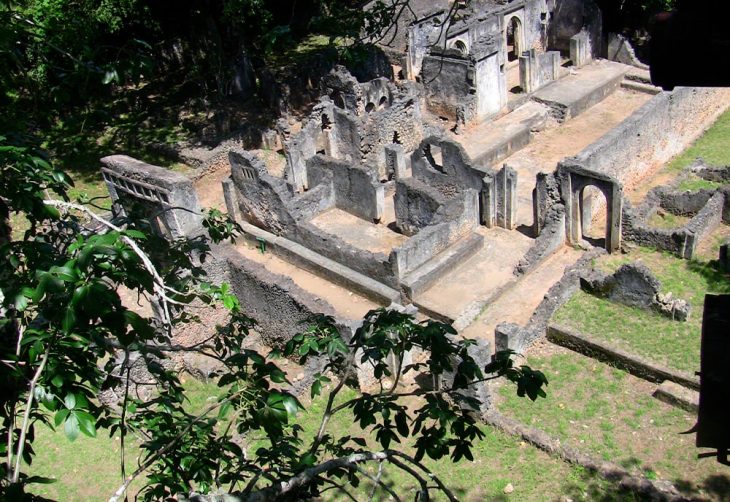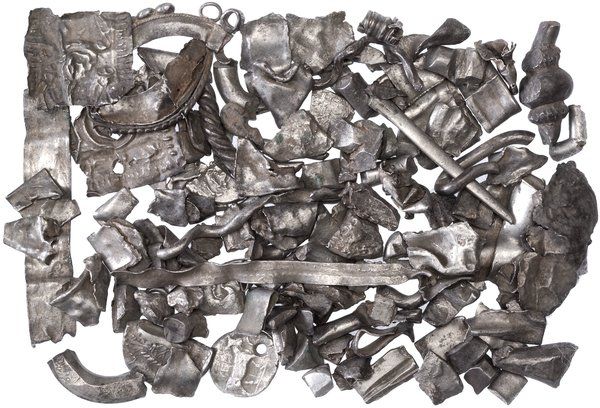Rescue excavations at the Reşitköy Dam site in the northwestern Turkiye province of Balıkesir have unearthed Roman structures, including a church, and a baptistery.
The area to be flooded by the dam is located 10 kilometers south of the ancient city of Adramytteion, near the Tahtacı Neighborhood.
Adramytteion Ancient City is situated at the Gulf of Edremit in North Aegean, on the shoreline of Ören neighbourhood of the town of Burhaniye of Balıkesir Province.
Adramyttion (modern Edremit) was a flourishing city in Mysia, opposite Lesbos, overlooking the gulf to which it gave its name. Said to have been founded by Adramys, brother of Croesus, and reported to have been the seat of Croesus before his accession, the city was considered Lydian in origin. In the Roman rearrangement of the area, the city became the seat of administration of customs, portorium.
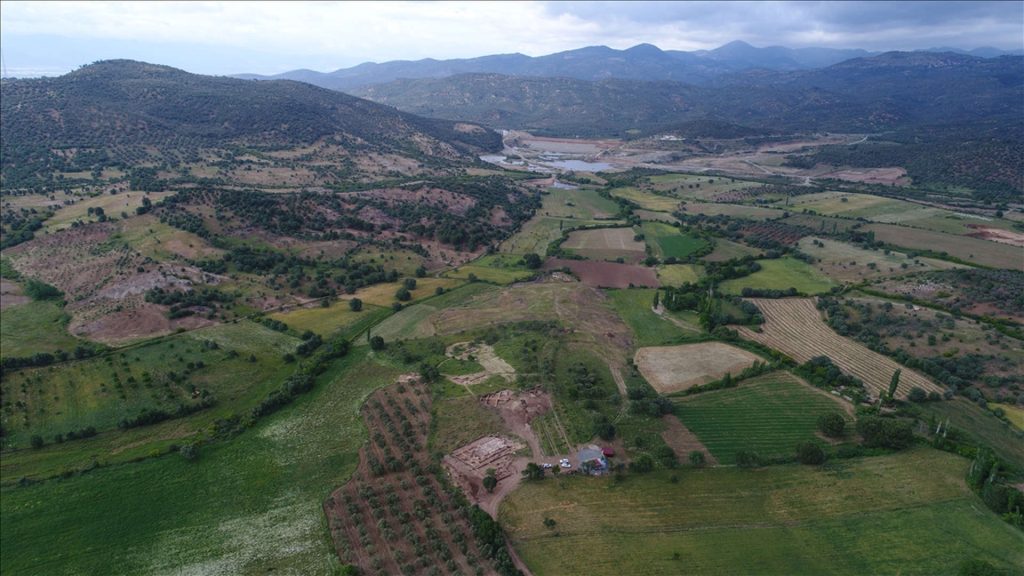
The rescue excavation, which was started about 9 months ago by the Adramytteion Research committee after the surface research between 2015-2016, reached an ancient settlement dating from the late Roman and early Byzantine periods of the 4th to 7th centuries.
📣 Our WhatsApp channel is now LIVE! Stay up-to-date with the latest news and updates, just click here to follow us on WhatsApp and never miss a thing!!
A nine-month excavation yielded significant finds, including a church, a baptistery, tombs, agricultural storage facilities, a high-capacity wine workshop, and even ceramic kilns. These discoveries offer a fascinating glimpse into the daily life and industries of this historical city.
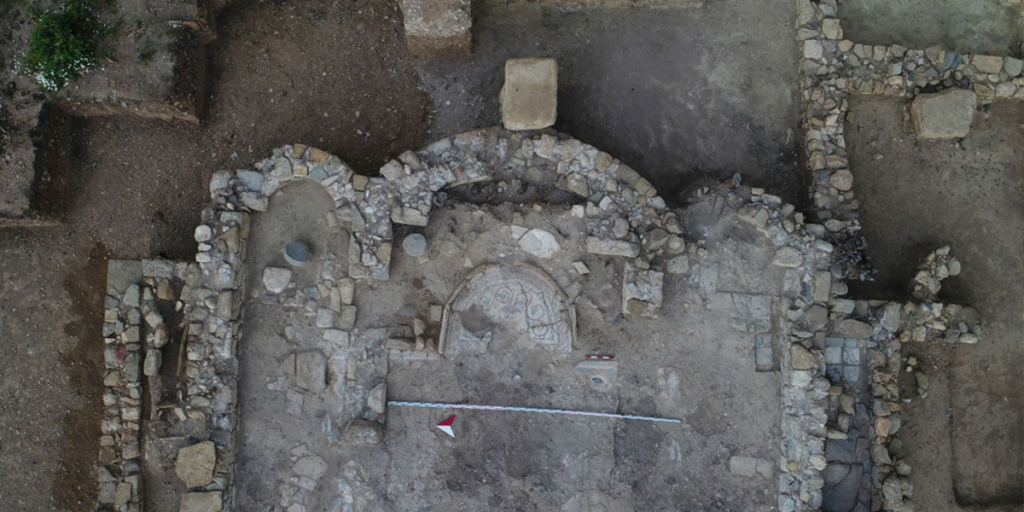
Mimar Sinan Fine Arts University Archeology Department lecturer Assistant Professor Hüseyin Murat Özgen said that the largest and oldest church known to date in the Edremit Bay region, 15 meters wide and 25 meters high, is located in this region.
Özgen stated that the region where the finds were found is within the sphere of influence of the ancient city of Adramytteion, known as Edremittene, which also gave its name to the Gulf.
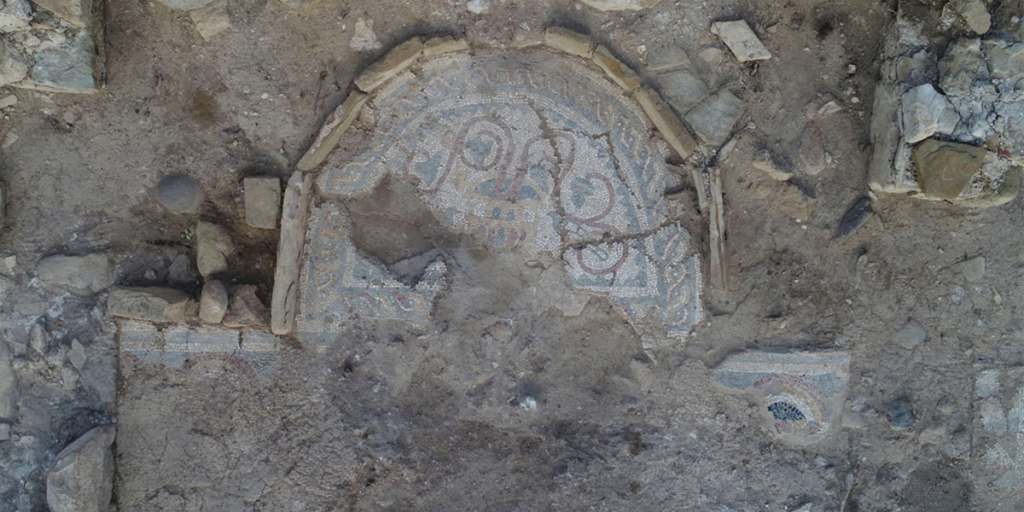
About sixty burials, many of which were multiple burials, and commercial buildings related to agriculture were discovered surrounding the church with the baptistery.
Özgen said, “The two-phase church with a mosaic floor covers a very large area. The church complex yielded a large number of ritual-related material culture products such as ceremonial crosses and hangers, as well as finds from the surrounding graves that provide us with data about the period. 100 meters further on, commercial spaces begin.”
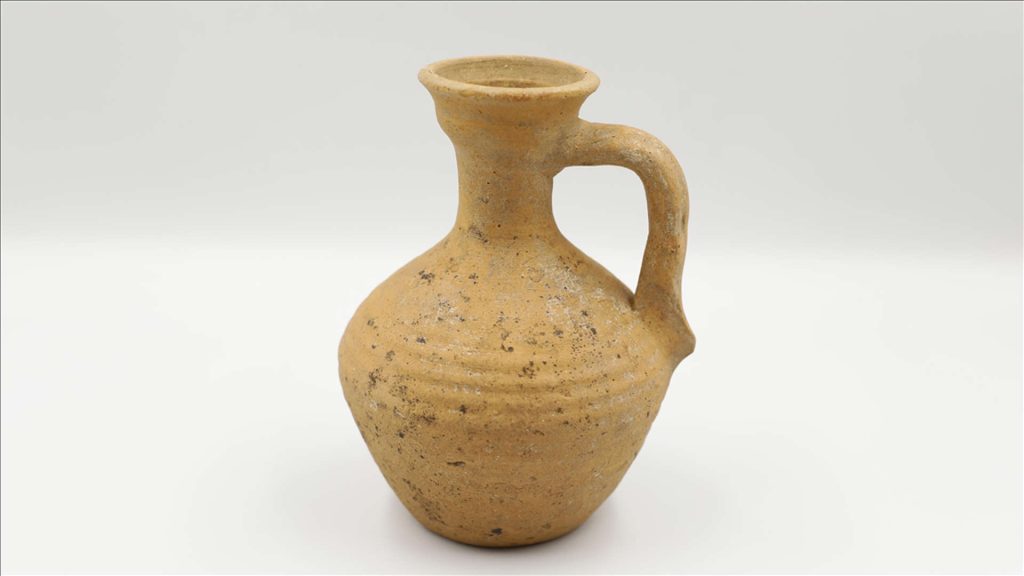
Özgen said that among the new findings, a wine workshop with a very large capacity was preserved as a cistern with an accumulation basin and a profiled cistern for settling the sediment at the bottom.
During the rescue excavation, archaeologists also found traces of a late Byzantine and early Ottoman area.
Ozgen also noted the discovery of a ceramic workshop and rock-cut tombs on the settlement’s northern side, likely due to the natural deformation of the hill. Interestingly, the excavation team also unearthed an area within the vicinity exhibiting characteristics of both the Late Byzantine and Early Ottoman periods.
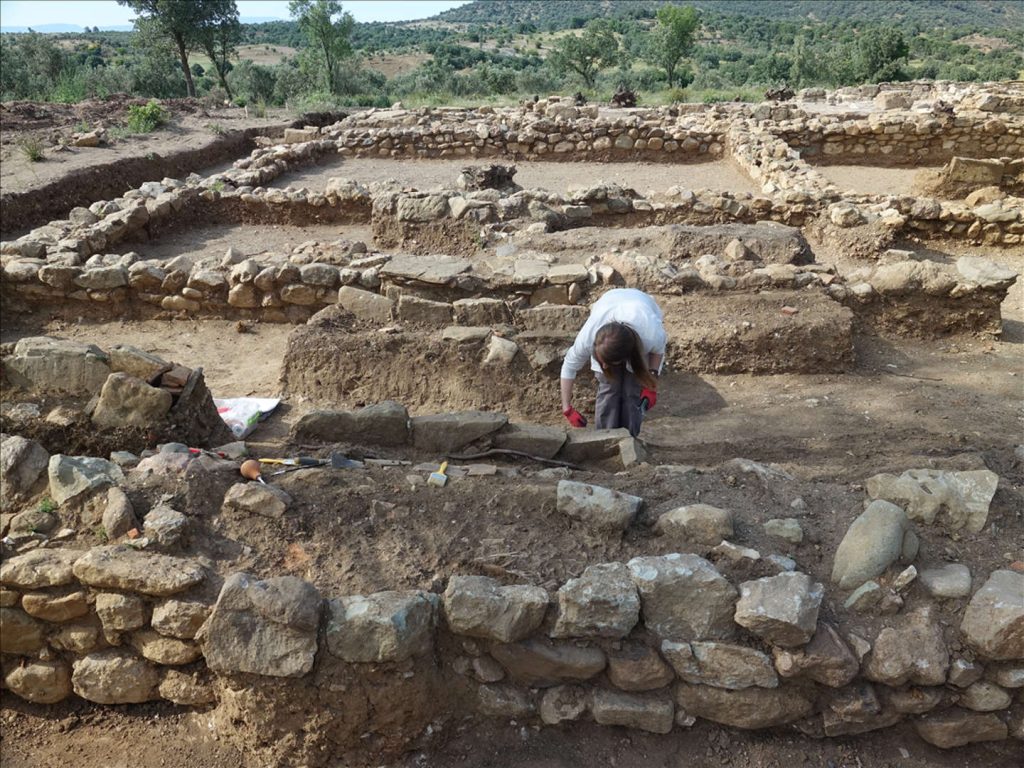
Stating that Resitkoy was abandoned in the 1970s, but there are remains of an older village settlement and mills recorded in the Ottoman Salnames, Ozgen said, “Therefore, by documenting the concrete findings that convey the cultural process here in a multidimensional way, we are making our best efforts together with the Museum Directorate without losing data within the history of the region.”
The artifacts will be exhibited at the Balıkesir Kuva-yi Milliye Museum.
Cover Photo: Adramytteion Research/AA

